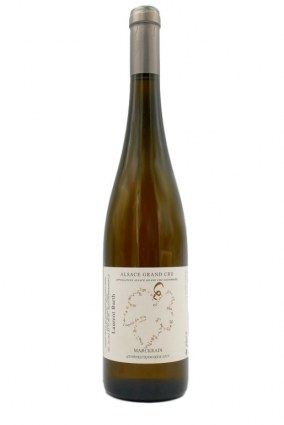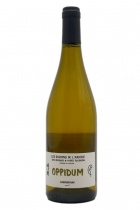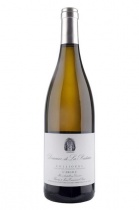Reference: bartgewm20
Producteur: Barth Laurent

|
Add to notepad |
Gewürztraminer Grand Cru Marckrain 2020 is not presently in stock.
Please complete the form below to be notified when stock arrives:
Sweet white wine - 75 cl bottle - AOC Alsace

Ecocert since 2007
To read
http://prunewine.blogspot.com/2011/01/2009-laurent-barth-racines-metisses-vin.html


Laurent's vines are located in the village of Bennwhir, in the area north of Colmar with a particularly felicitous micro-climate, home to the most famous wine villages in Alsace. The village itself is hardly picturesque, having been almost entirely destroyed during the battles for the liberation of Colmar at the end of WWII.
Laurent took over his father's estate in 1999 and for five years brought his grapes to the local cooperative, as his contract required. 2004 was the first vintage he made and sold his wines.
Before coming home, Laurent had spent several years as a travelling winemaker around the world, in Lebanon at Château Kefraya in the Beeka plain, in South Africa at Bergkelder in the Stellenbosch vineyard area, in California at Porter Creek in Sonoma, in India at Champagne India in Maharashtra, and finally in Australia at Delatite Winery in Central Victoria.
He now he tends 3.5 hectares planted with the seven traditional Alsatian varietals, on 27 different plots. The soils go from very heavy clay and marl to super light alluvial soil of sand and pebbles;
Grand Cru Marckrain is marl and limestone, Rebgarten is limestone to clay and limestone with lots of rocks (limestone, sandstone and quartz), Pinot gris and Pinot blanc strive on sandy-limestone soils with some clay. There can be up to 10 cuvées in his cellar each vintage.
The vineyards are plowed one row out of two, on the second one natural grass is left to grow, alternating each year. Treatments are sulfur, copper, magnesium, calcium and algae, rich in oligo-elements, used in solutions to spray the foliage. Organic compost is used in the fall according to the soils' needs. One of the main jobs of the growing season, after pruning, is a severe
ébourgeonnage in the spring, to leave 8 to 10 grapes by vine ("debudding" is the removing, at an early stage, of the fruit bearing buds that are superfluous, in order to restrict yields.)
Laurent aims for an average 40HL/HA overall, while the legal limit in Alsace is 80HL/HA (55HL/HA in the Grands Crus.) In 2004, a very generous vintage after the heat of 2003, his overall yield was less than 40HL/HA. Another way of limiting yield is by planting at a higher density: for example, a plot of Pinot gris he planted in 2001, with vines from sélection massale, has 8600 vines/HA. The
norm in Alsace is 4500 to 5000 vines/HA.
In order to achieve maximum ripeness, Laurent uses a double Guyot (two major shoots for each vine) that increases the proportion of foliage per vine. He also keeps as much foliage as possible by training the boughs up between the treillissage wires and letting them shoot as high as they can, without any trimming.
His wines are bright, pure, very satisfying. The cuvée he calls Racines Métisses is a blend of the pressed juices from all his varietals, except Gewürztraminer, a delicious type of Edelzwicker that deserves not to be called by that often pejorative name. The free flow juice goes into the single-varietal cuvées with intensified grape and soil character, more aromas and more minerality.
The slow process of natural fermentation adds depth to the wines, but involves some risk of higher volatile acidity, and of malo-lactic fermentation. When the malo occurs, although he does not desire it, Laurent does not dose his wines to stop it. His idea is that natural winemaking may result in some imperfections, but those are part of the wine's identity, and are always better than technical and analytical perfection.









